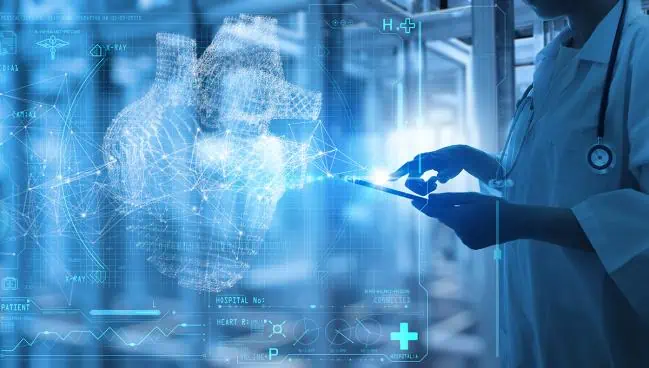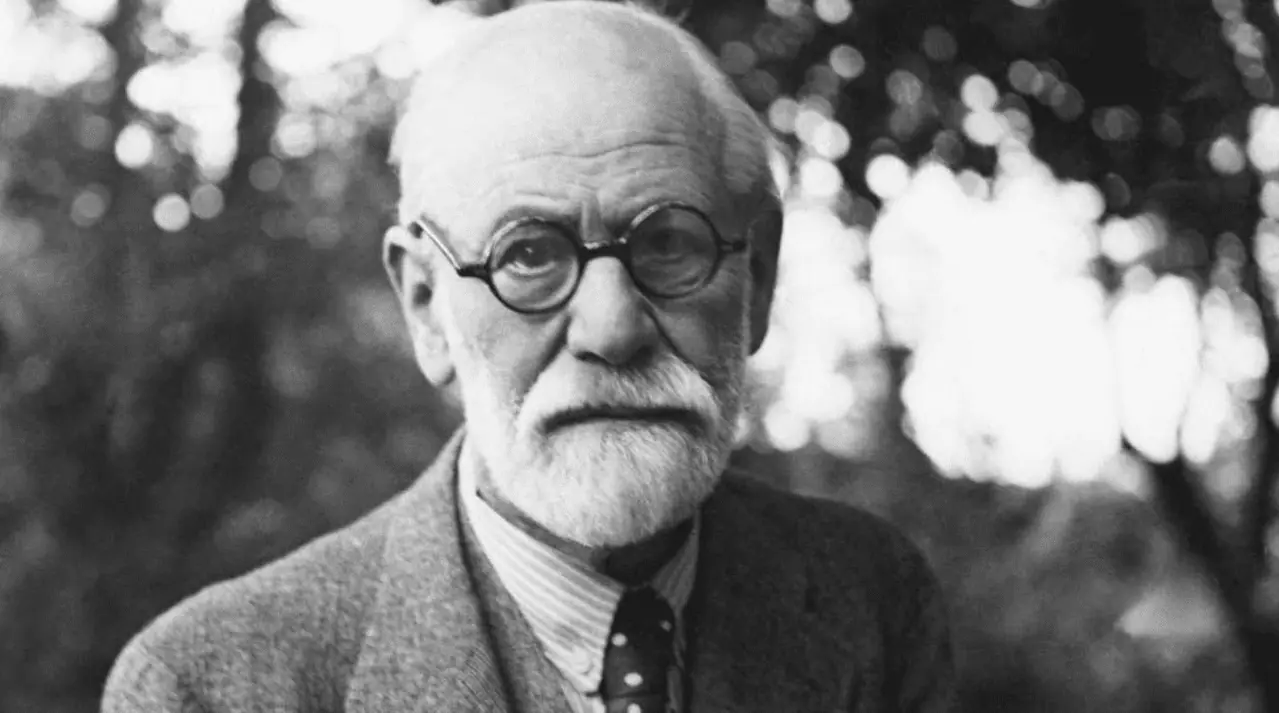
The Physics of Terahertz
Terahertz (THz) waves, also known as T-rays, are a type of electromagnetic radiation that have a frequency range between 0.1 and 10 THz. Terahertz technology has been studied for many years, and research has shown that these waves have unique properties that make them useful for many applications. In this article, we will explore the physics of terahertz waves and their potential applications in different fields.
The Physics of Terahertz Waves
Terahertz waves are a type of electromagnetic radiation that consist of electric and magnetic fields that oscillate perpendicular to each other and to the direction of wave propagation. They have a relatively long wavelength (ranging from 30 micrometers to 3 millimeters), and they lie between the infrared and microwave regions of the electromagnetic spectrum.
The physics of terahertz waves is based on the fundamental principles of electromagnetism. These waves are produced by accelerating charged particles or by transitions between energy states in atoms or molecules. The frequency of terahertz waves is related to the energy difference between these energy states.
One important characteristic of terahertz waves is their ability to interact with matter in unique ways. Unlike higher-energy radiation, such as X-rays or gamma rays, terahertz waves are not ionizing, which means they do not break apart molecules or cause damage to living tissues. Instead, they can penetrate many materials, such as plastics, paper, and textiles, while being absorbed by others, such as water, metals, and semiconductors.
The absorption and transmission of terahertz waves depend on the material’s chemical composition and structure, as well as the properties of the wave itself. The amplitude of terahertz waves can also be modulated, which makes them useful for communication applications.
The Applications of Terahertz Technology
Terahertz technology has numerous potential applications in different fields due to its unique properties. Some of the most promising applications of terahertz technology are discussed below.
Imaging and Sensing
One of the most promising applications of terahertz technology is in imaging and sensing. Terahertz waves can penetrate many materials, making them useful for non-destructive testing and imaging applications. They can also be used to detect chemical and biological agents, as well as to identify and characterize the composition and structure of materials.
In medicine, terahertz waves can be used to detect and diagnose skin cancer and other diseases. They can also be used to monitor the water content of skin, which is useful in cosmetic and dermatological applications.
In addition, terahertz waves can be used to detect concealed weapons and explosives, making them useful for security applications.
Material Science
Another area of application for terahertz technology is in material science. Terahertz waves can be used to study the properties of materials, such as the electrical and thermal conductivity, the dielectric constant, and the refractive index. They can also be used to study the molecular dynamics of materials, which is important in fields such as condensed matter physics, chemistry, and materials science.
Terahertz technology has the potential to revolutionize the field of material science by providing new tools for studying and manipulating the properties of materials.
Communication
Terahertz waves can also be used for communication applications. They have the potential to provide high-bandwidth wireless communication that is faster than existing wireless technologies. Terahertz waves can also be used for short-range communication applications, such as wireless connections between devices in a room or in a building.
However, there are some challenges to using terahertz waves for communication. Terahertz waves have a shorter range than other wireless technologies, such as Wi-Fi and Bluetooth. In addition, they are easily absorbed by water vapor, which can limit their usefulness in outdoor environments.
Despite these challenges, researchers are exploring new ways to use terahertz waves for communication applications. For example, they are investigating the use of metasurfaces and other materials that can manipulate the properties of terahertz waves to improve their range and performance.
Conclusion
The physics of terahertz waves is a fascinating area of research that has many potential applications in different fields, including imaging, sensing, material science, and communication. Terahertz waves have unique properties that make them useful for non-destructive testing and imaging applications, as well as for studying the properties of materials and molecules. They also have the potential to provide high-bandwidth wireless communication that is faster than existing wireless technologies.
While there are still challenges to using terahertz technology in some applications, researchers are making progress in developing new materials and techniques that can overcome these challenges. With continued research and development, terahertz technology has the potential to revolutionize many different fields and improve our understanding of the world around us.









